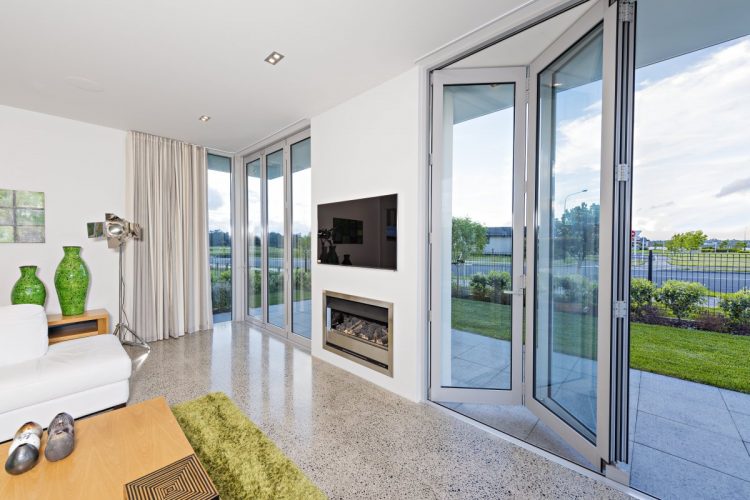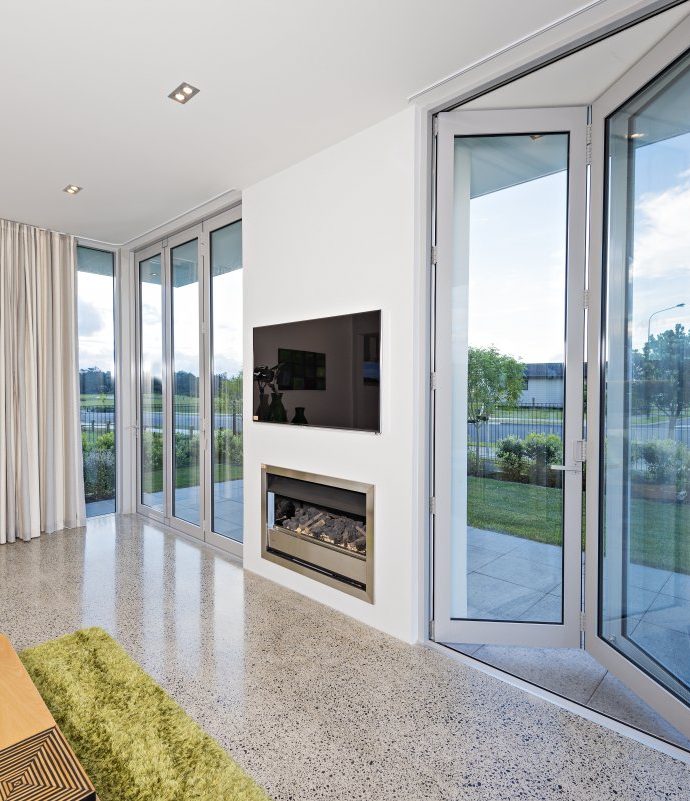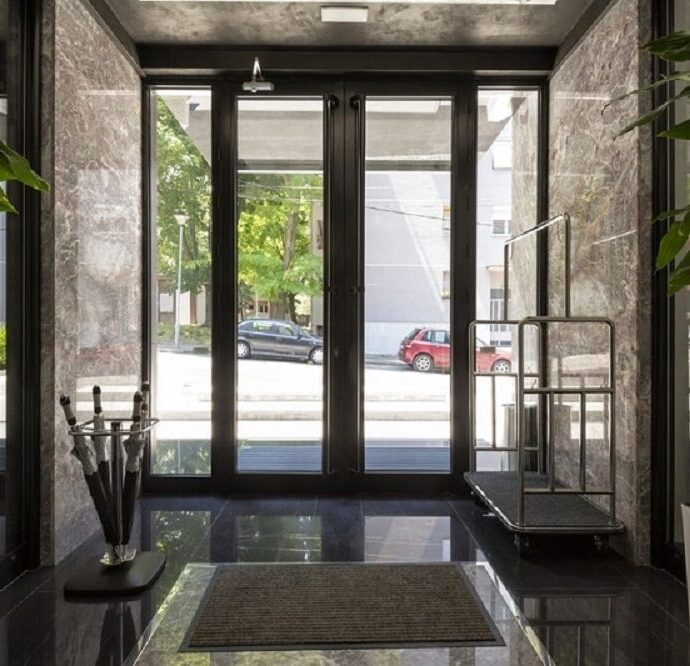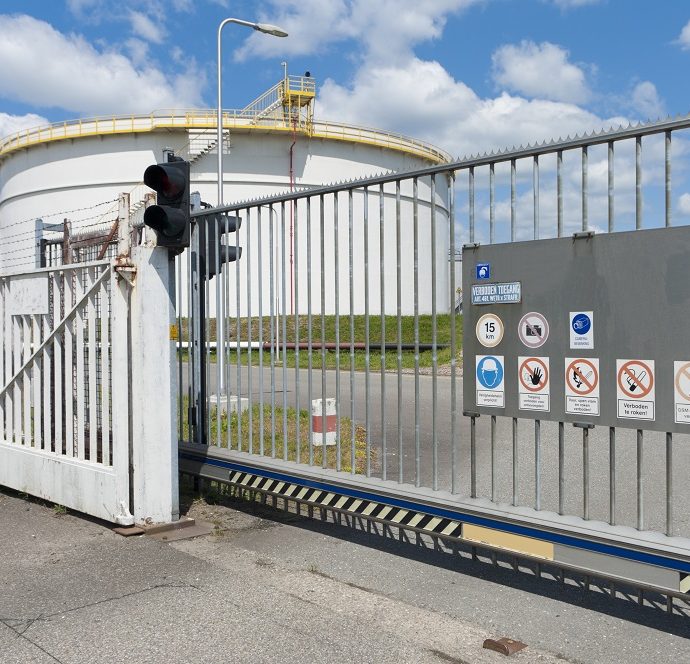If you’re building a house you have so much more choice available to you today than in years gone by. When it comes to your window and door frames there are a wide range of materials available to you, from wood and PVC to aluminium. Probably the most important thing for modern construction is to create homes that are both sustainable and energy efficient. But of course you as the homeowner will also be working to a budget.
Luckily, many materials today are very reasonably priced as well as being highly energy efficient. The one you choose for your windows and doors will therefore depend very much upon the type of house you are building or renovating, how much money you have to work with and your own personal tastes.
To give you some idea, here are some of the most widely used window and door frame materials:
- Wood: According to wooden window and door frame specialist Buildmer Ltd, wood is one of the most versatile and environmentally friendly materials. There are many different species of tree which can be used for this purpose, and wood itself is a carbon neutral product which means that it stores more CO2 than it emits. It’s also highly insulating which is good news for your energy bills, and fully recyclable at the end of its life span.
Wood does require more maintenance than other materials as it needs to be painted or stained regularly. However, most suppliers (including Buildmer Ltd) now offer a choice of aluminium cladding on the exterior to minimise maintenance requirements. If you are renovating a period property or simply want a more ‘classic’ look, wood is probably the only material that will fit the purpose as it is beautiful to look at. However, because it is more of a ‘premium’ material bear in mind it may cost a little more than other options.
- UPVC: This is probably the most commonly used framing material today because it requires very little maintenance and offers good thermal performance besides. However, it doesn’t have as much longevity as wood, with a lifespan of perhaps 10-15 years. It is relatively cheap to install which is good news for those building or renovating on a tight budget. But if you want variety then bear in mind UPVC offers limited colour choices (although today there are slightly more interior finishes available than in the past).
UVPC windows can sometimes warp or become unstable if exposed to very high heats, and in the event of a house fire there is a chance they may emit dangerous toxic fumes. The environmental credentials of vinyl aren’t as high as with wood as it is not a natural material and its production requires a certain amount of CO2 expenditure.
- Aluminium: This material is stronger than both wood or vinyl and for this reason it is still the most popular choice when it comes to major architectural or commercial projects. This is mainly owing to the fact that its strengths allows for the minimisation of framing widths, giving the possibility for larger areas of glass than with other materials. From an environmental perspective, metals are of course naturally-occurring materials so no CO2 will be used to produce the frames.
However, aluminium is not so widely used for domestic purposes. This may be mainly owing to the fact that it is seen as a more ‘industrial’ material that doesn’t fit in with the aesthetic of a home.This being said, more and more modern, ‘edgier’ building projects are beginning to utilise aluminium. It you feel that the look of aluminium may suit your own particular project then you will also find that it’s relatively cheap. Furthermore, aluminium is an excellent thermal conductor so you will notice the difference in your energy bills. Many aluminium window manufacturers today will exploit this fact still further by incorporating ‘thermal break’ products – structural insulating materials which are placed between the interior and exterior aluminium.




